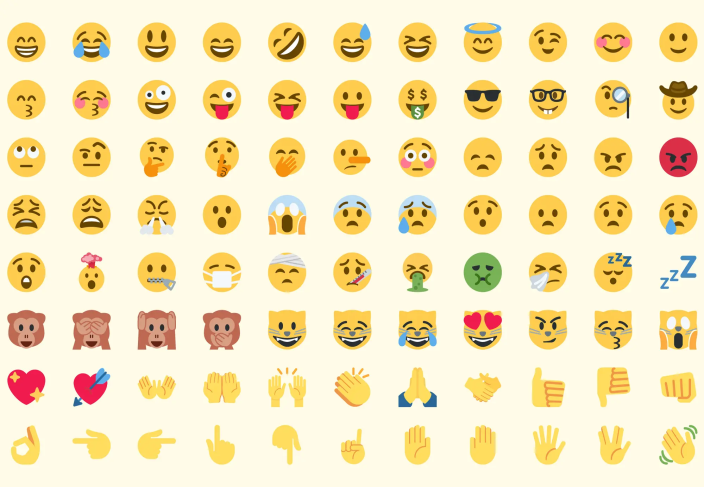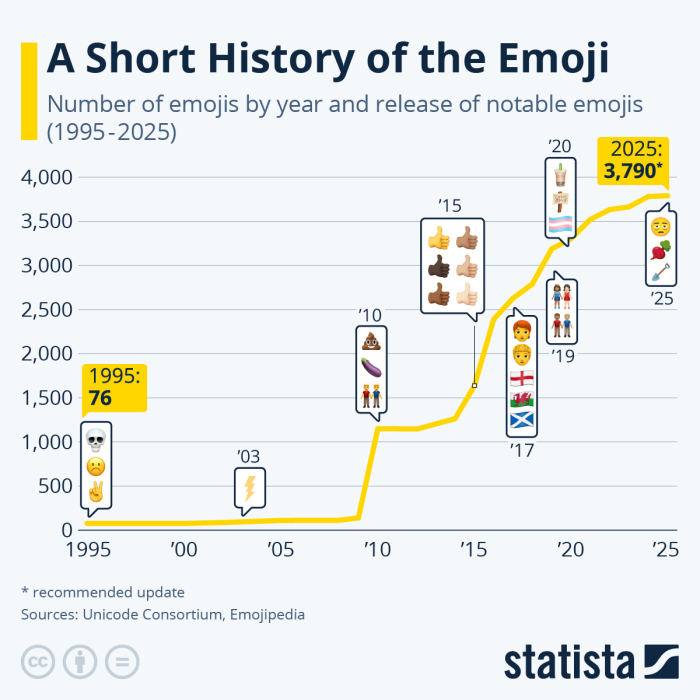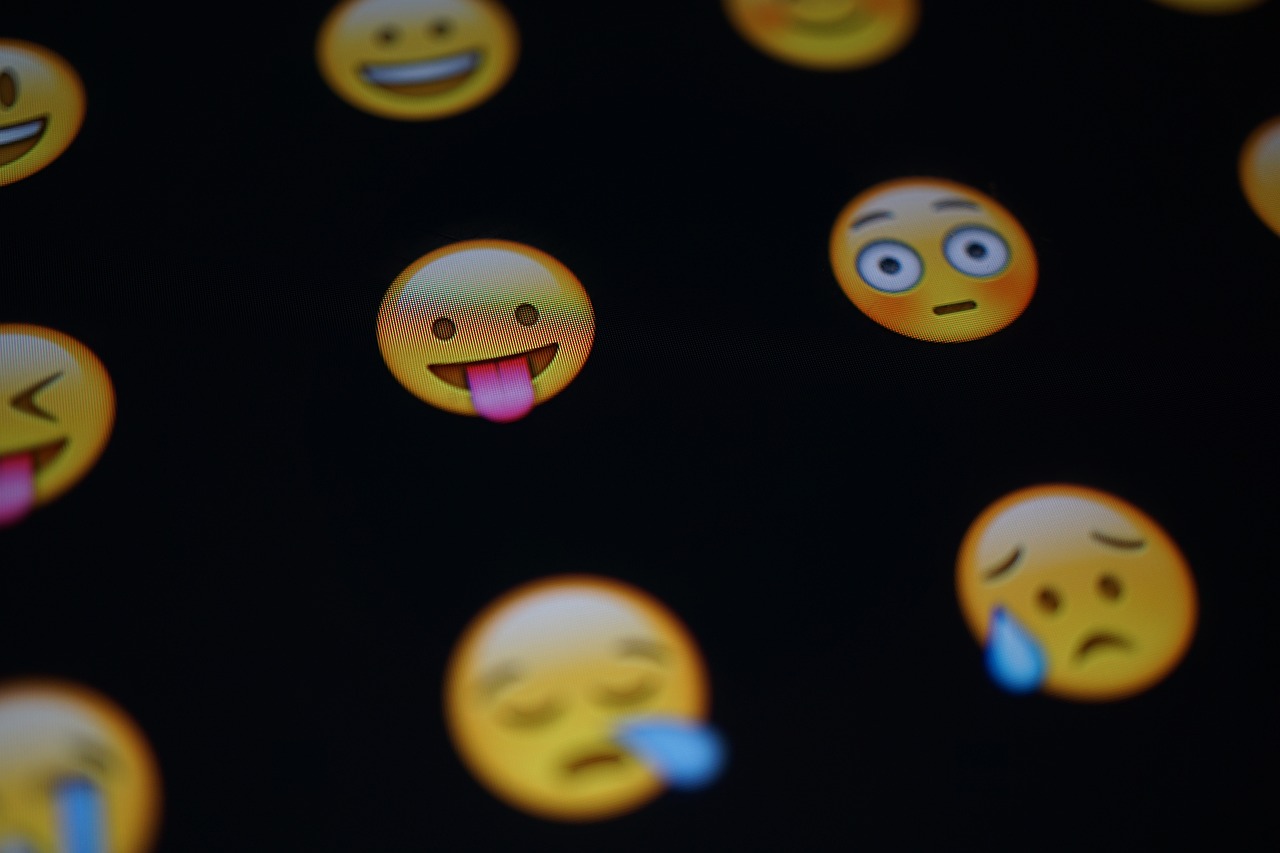Emojis have completely transformed the way we communicate. Though simple pictures, they carry deep meanings and emotions. Nowadays, they go beyond just facial expressions to include a wide array of symbols and images. Today, let’s talk about the history of emojis and the future that lies ahead.

The Beginning of Emojis
Emojis first appeared in the 1990s. At the time, they were simple pictograms, but now they have become an essential part of daily life. Emojis are communication tools enjoyed by people of all ages across every continent. The first Unicode list included 76 pictograms, but today, that number has grown to 3,790.
The Evolution of Emojis: Expanding Diversity and Inclusion
Over time, emojis have become more diverse. Since 2015, users have been able to select emojis with different skin tones, and in 2017, regional flags were added. Although same-sex couple emojis were introduced in 2010, more versions were added in 2015. The first non-binary options were released in 2017, and interracial couple emojis were introduced for the first time in 2019. This reflects that emojis have evolved from simple pictures to represent the lives and cultures of diverse people.
Emojis in 2025: New Challenges and Changes
By 2025, the number of emojis is expected to reach 3,800. This will include new icons like beetroot, a shovel, and the flag of Sark from the Channel Islands. However, the number of new emojis being released is gradually decreasing. This is because the Unicode Consortium is applying stricter standards.

Conclusion: Small Pictures Expressing Our Emotions
Emojis may be small, but they carry countless emotions and meanings. Emojis will continue to change the way we communicate. Express your emotions with emojis and enjoy the joy of communication! ^^
Reference: Statista, “In 2025, Global Emoji Count Could Grow to 3,790”
